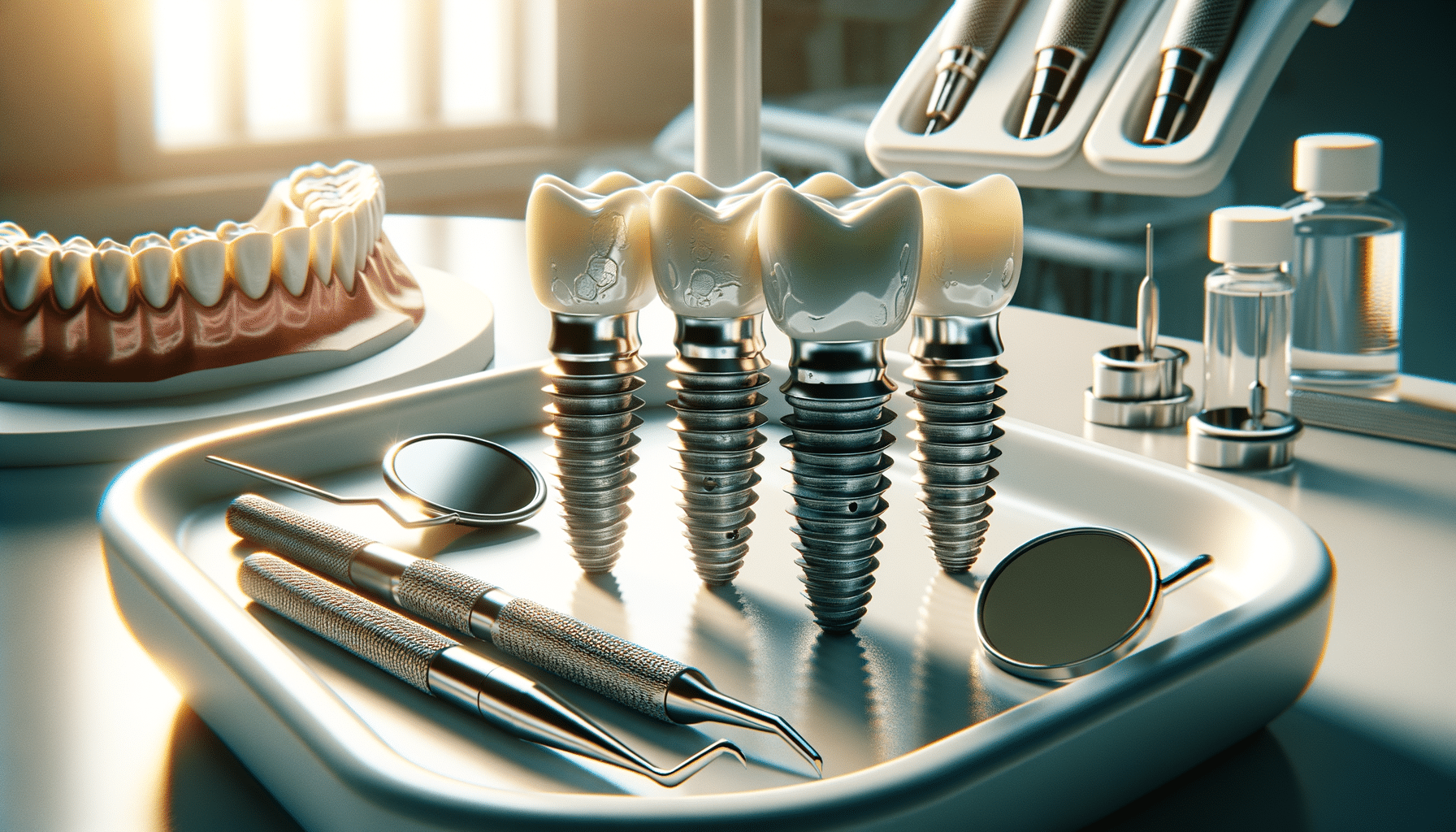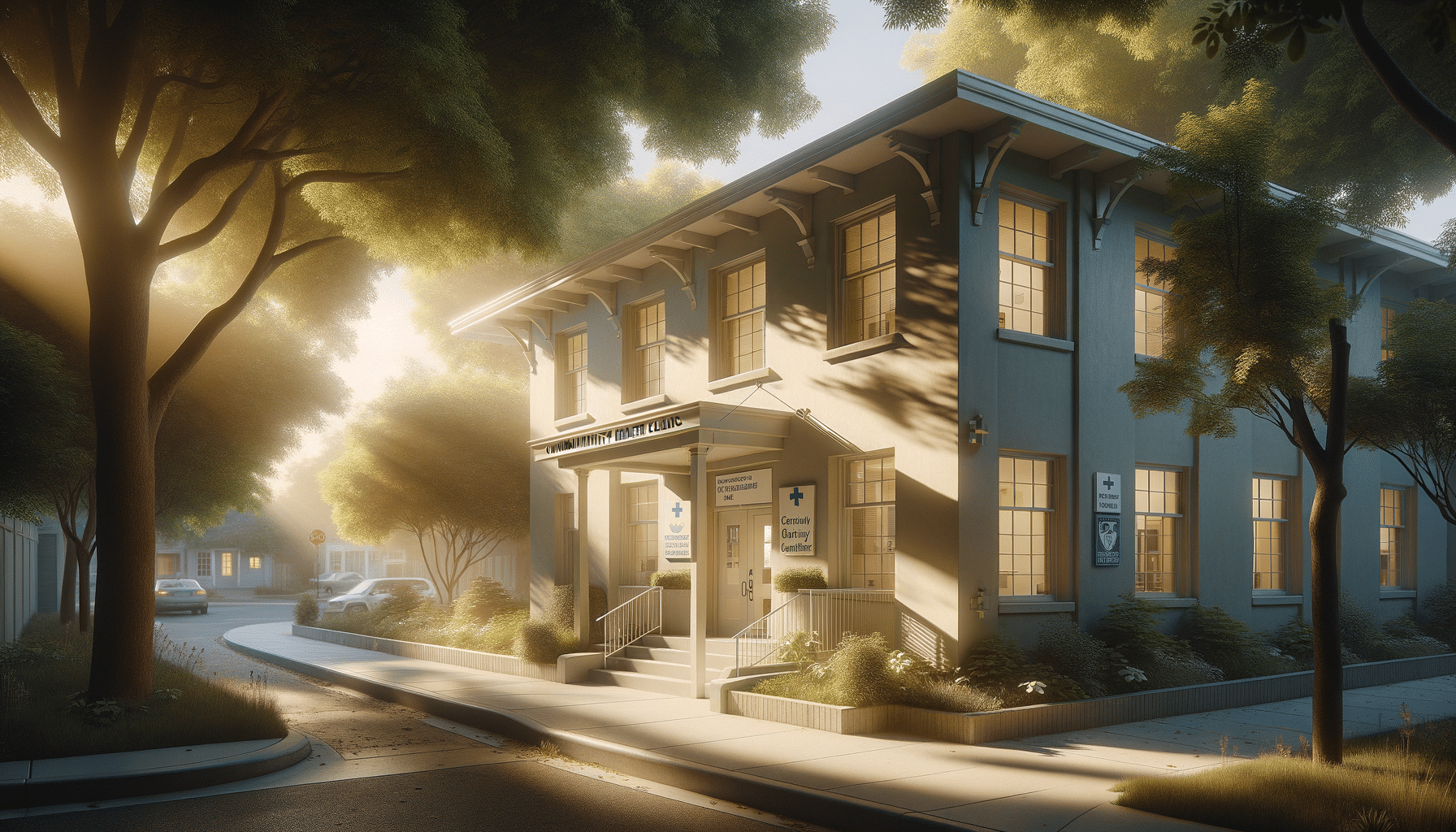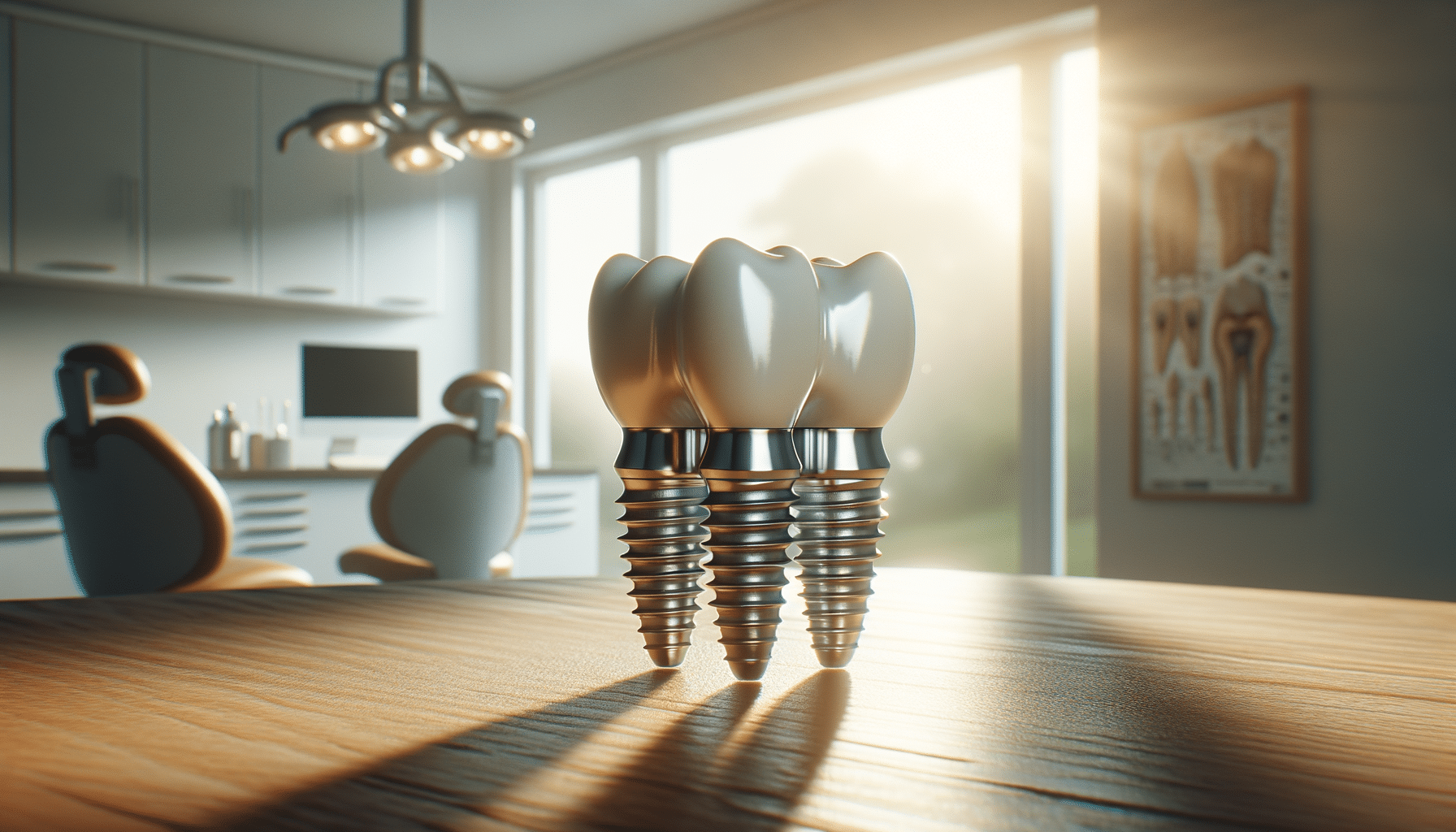
Understanding Nose Treatments and Rhinoplasty
Introduction to Nose Treatments and Rhinoplasty
In the realm of cosmetic and reconstructive surgery, nose treatments and rhinoplasty stand out due to their complexity and impact on facial aesthetics. These procedures not only serve cosmetic purposes but also address functional issues, such as breathing difficulties. Understanding the nuances of these treatments can guide individuals in making informed decisions. This article delves into the essentials of nose treatments, focusing on rhinoplasty, its benefits, risks, and the importance of choosing the right practitioner.
Types of Nose Treatments
Nose treatments encompass a variety of procedures, each designed to address specific concerns. Rhinoplasty, for instance, is a surgical procedure that reshapes the nose for aesthetic or functional reasons. There are two primary types of rhinoplasty: open and closed. Open rhinoplasty involves an incision across the columella, allowing for more extensive reshaping, while closed rhinoplasty involves incisions within the nostrils, resulting in no visible scarring.
Non-surgical nose treatments have also gained popularity. These include filler injections, which can temporarily alter the shape of the nose without surgery. While less invasive, these treatments are not permanent and require regular maintenance. Understanding the variety of nose treatments available can help individuals choose the most suitable option for their needs.
Benefits of Rhinoplasty
Rhinoplasty offers numerous benefits, both cosmetic and functional. From a cosmetic perspective, it can enhance facial harmony by correcting asymmetries and refining the nose shape. Patients often report increased self-confidence post-surgery due to improved appearance.
Functionally, rhinoplasty can address breathing issues caused by structural abnormalities, such as a deviated septum. This can significantly improve the quality of life for individuals who experience chronic nasal congestion or difficulty breathing. The dual benefits of rhinoplasty make it a compelling option for those seeking both aesthetic and health improvements.
Risks and Considerations
Like any surgical procedure, rhinoplasty carries certain risks. Complications can include infection, bleeding, and adverse reactions to anesthesia. Scarring, although minimal in closed rhinoplasty, is another consideration. It’s crucial for potential patients to have realistic expectations and understand that results can vary.
Pre-operative consultations are essential to discuss goals, potential outcomes, and any concerns with the surgeon. This ensures that patients have a clear understanding of the procedure and can make informed decisions about their treatment options.
Choosing the Right Practitioner
The success of nose treatments and rhinoplasty largely depends on the expertise of the practitioner. Choosing a board-certified surgeon with extensive experience in rhinoplasty is crucial. Patients should research and consult multiple surgeons, reviewing before-and-after photos of previous patients to assess the surgeon’s skill and aesthetic style.
Personal referrals and online reviews can also provide valuable insights into a practitioner’s reputation. Ultimately, the right practitioner should not only have the technical skills but also a deep understanding of the patient’s needs and expectations, ensuring a harmonious and satisfying outcome.
Conclusion: Making Informed Decisions
Choosing to undergo nose treatments or rhinoplasty is a significant decision that can impact both appearance and health. By understanding the types of treatments available, their benefits, risks, and the importance of selecting a qualified practitioner, individuals can make informed decisions that align with their goals and expectations. Whether for cosmetic enhancement or functional improvement, these procedures can offer transformative results when approached with care and knowledge.


